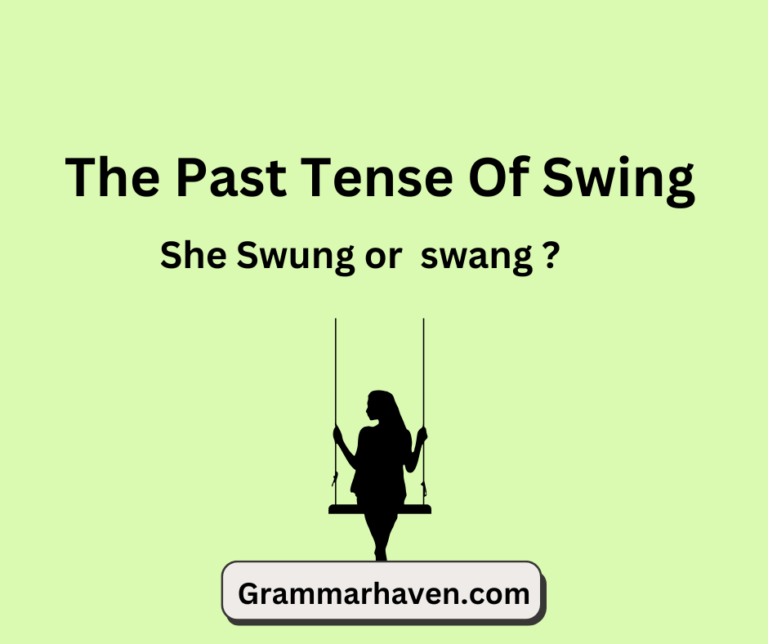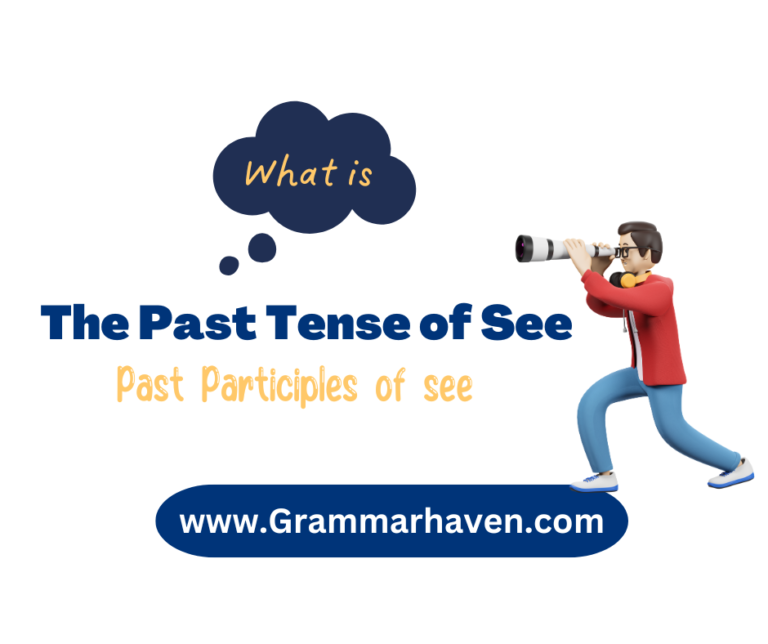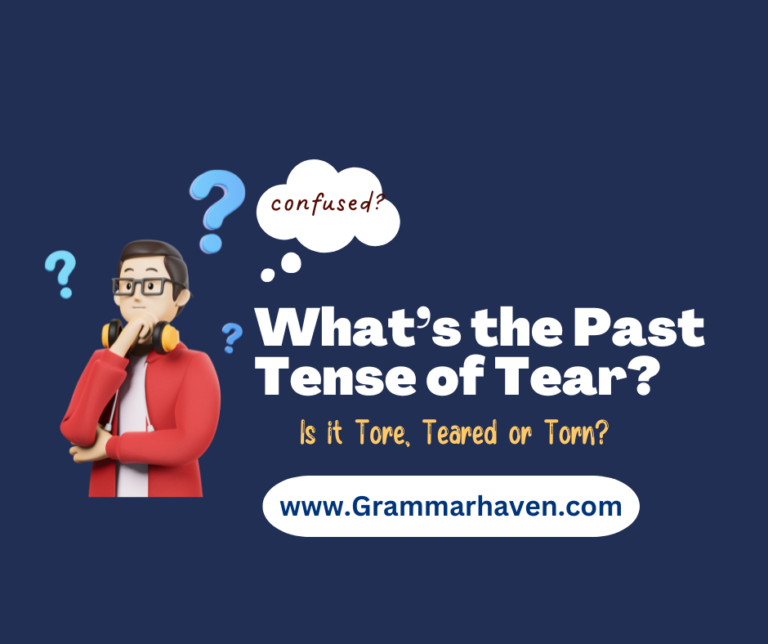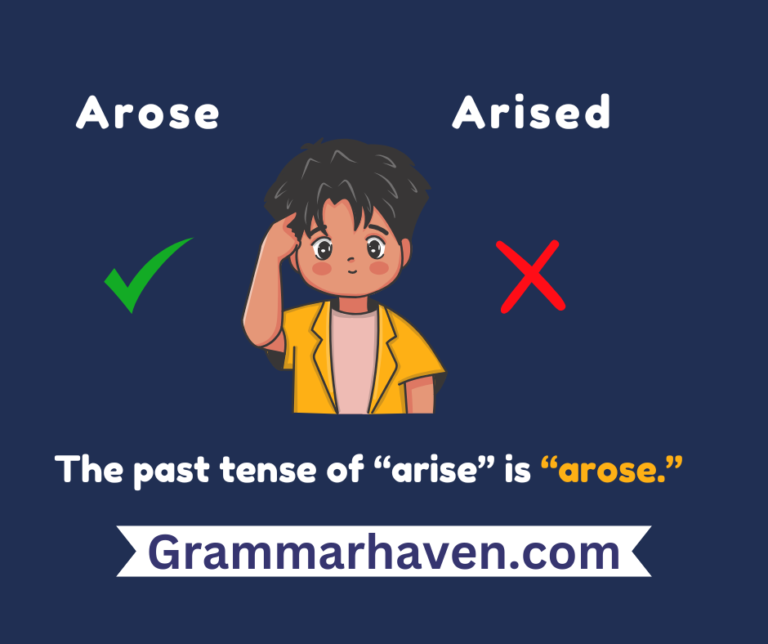When to Use a Hyphen: Rules and Examples
When to use a hyphen is something many writers struggle with. These small punctuation marks play a big role in making your writing clear and easy to understand. Hyphens connect words and parts of words, creating compounds that help readers grasp your meaning quickly.
Using hyphen rules correctly shows attention to detail and helps avoid confusion in your writing.
What is a hyphen?
A hyphen (-) joins words or parts of words to form compounds. Unlike spaces or other punctuation marks, hyphens show readers that certain words belong together. They make complex ideas easier to understand at a glance.
Hyphens are shorter than dashes and serve a different purpose. While dashes separate ideas or show ranges, hyphens bring words together.
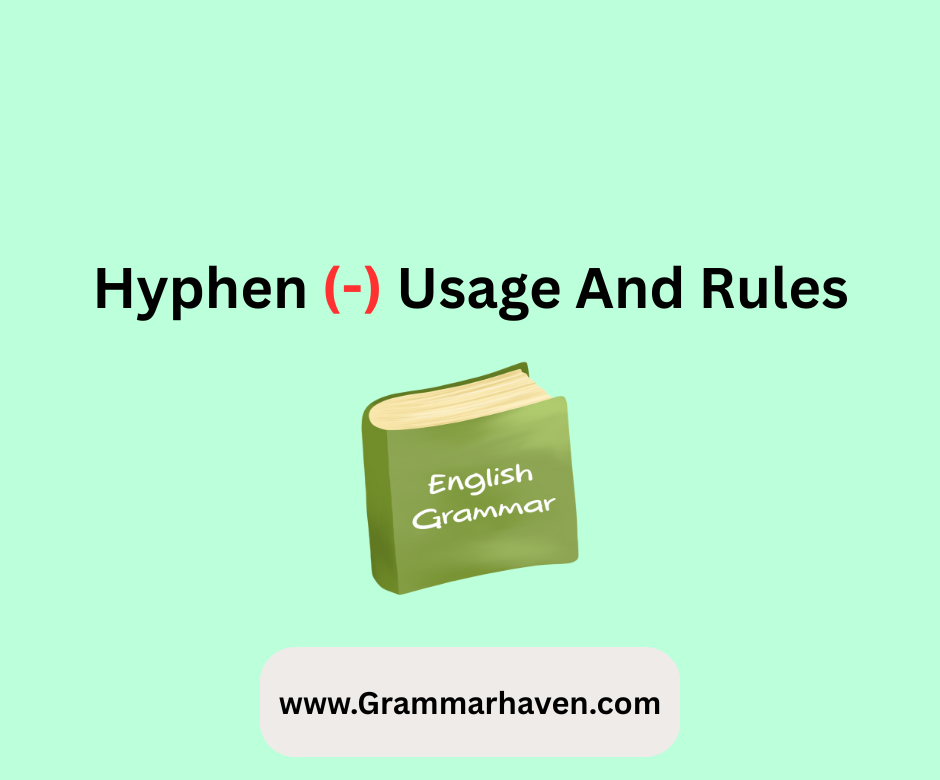
Hyphen vs. dashes
People often mix up hyphens with en dashes (–) and em dashes (—). Here’s an easy way to tell them apart:
- Hyphen (-): the shortest mark, joins words
- En dash (–): slightly longer, shows ranges
- Em dash (—): the longest, shows breaks in thought
Using the wrong mark can confuse your readers, so it’s worth knowing which one to use when.
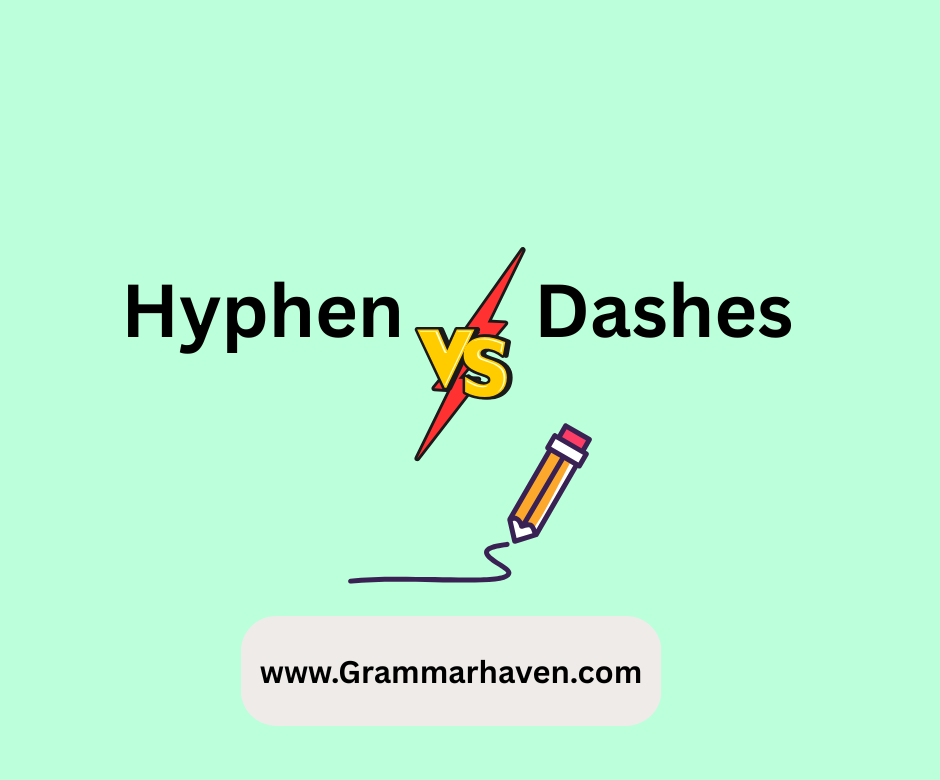
How to use a hyphen correctly
The main job of a hyphen is to prevent confusion. One common use is with compound modifiers—groups of words that work together to describe something.
When to hyphenate these groups? Use a hyphen when they come before the noun they describe:
- “Quick-thinking teacher” (the teacher thinks quickly)
- “Well-known author” (the author is widely known)
Hyphen rules get easier with practice. Just remember that clarity is the goal.
Hyphens in compound modifiers
Before nouns
When compound modifiers come before nouns, using hyphens helps readers:
- “Heavy-duty truck”
- “Last-minute change”
- “Six-year-old child”
But skip the hyphen when:
- The first word ends in -ly: “highly respected teacher”
- Using proper nouns: “New York style pizza”
After nouns
When these same descriptions follow the noun, you usually don’t need hyphens:
- “The truck is heavy duty.”
- “The changes were last minute.”
- “The child is six years old.”
With participles
For compounds with -ing or -ed words:
- “Fast-acting medicine”
- “Well-dressed man”
Hyphens in compound words
Some words always have hyphens:
- Mother-in-law
- T-shirt
- Check-in
- Self-esteem
Over time, some hyphenated words become single words (email instead of e-mail) or stay as separate words (ice cream).
Hyphens in numbers
Use hyphens in:
- Numbers 21-99 when spelled out: twenty-one, forty-two
- Fractions: one-third, two-fifths
- Number-based descriptions: “ten-year-old car,” “first-place winner”
But leave out hyphens in:
- “Type 2 diabetes” (number comes second)
- “Grade 4 student”
Hyphens with prefixes
Use hyphens with prefixes when:
- Avoiding doubled letters: co-op, re-elect
- Joining to capitalized words: pre-Civil War, non-English
- Using “ex-” for former relationships: ex-wife
- Using “self-“: self-control
Common hyphen mistakes
People often make these mistakes with hyphens:
- Using them with very + adverb:
- Wrong: “very-quickly finished”
- Right: “very quickly finished”
- Adding them after adverbs ending in -ly:
- Wrong: “newly-painted walls”
- Right: “newly painted walls”
- Using them inconsistently in a series:
- Wrong: “short, medium and long-term goals”
- Right: “short-term, medium-term, and long-term goals”
When not to use hyphens
Don’t use hyphens in:
- Phrasal verbs: “turn off the lights”
- Familiar open compounds: “real estate,” “ice cream”
- After verbs: “The article was well written.”
Quick tips for using hyphens
- Check a dictionary when unsure about when to hyphenate a specific word.
- Remember that hyphens help prevent misreading. If removing a hyphen would change your meaning, keep it.
- Be consistent throughout your document. If you write “decision-making” once, stick with it.
- When writing numbers as words, use hyphens between twenty-one and ninety-nine.
- Use hyphens with the prefix “self-” (self-aware) and “ex-” when it means “former” (ex-president).
Conclusion
Knowing when to use a hyphen in a sentence makes your writing clearer and more professional. While hyphen rules can seem tricky at first, they make sense once you focus on their main purpose: helping readers understand exactly what you mean. When in doubt about when to use a hyphen, ask yourself if it helps clear up any possible confusion. If it does, add the hyphen. If not, you can probably leave it out.

